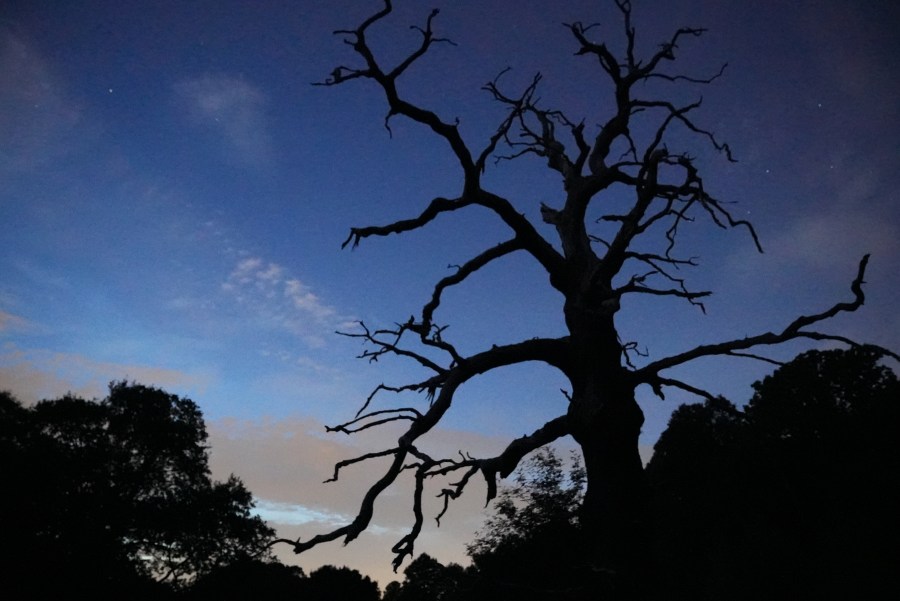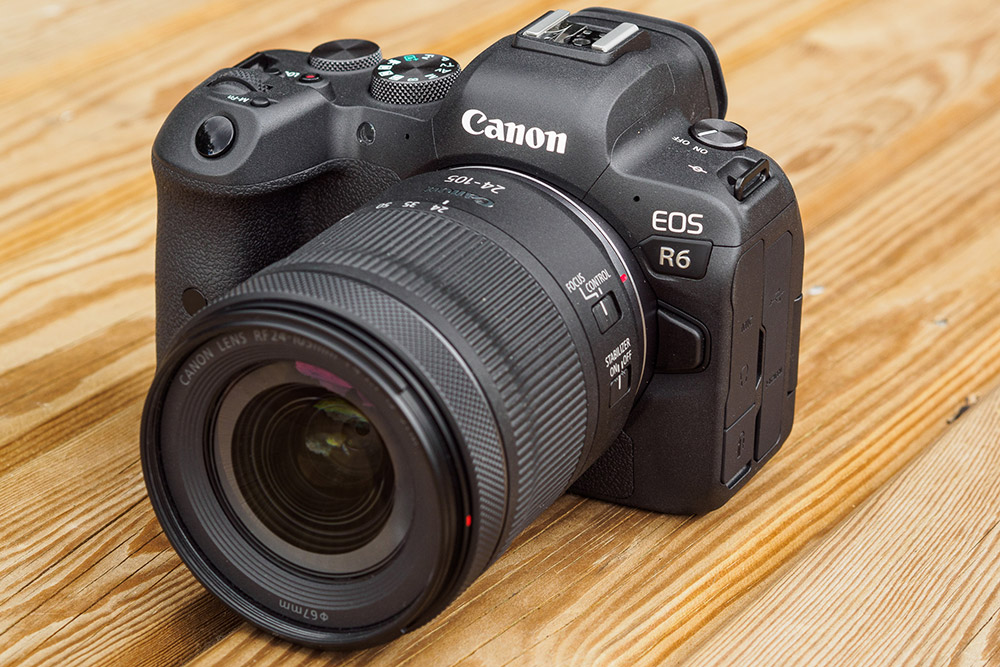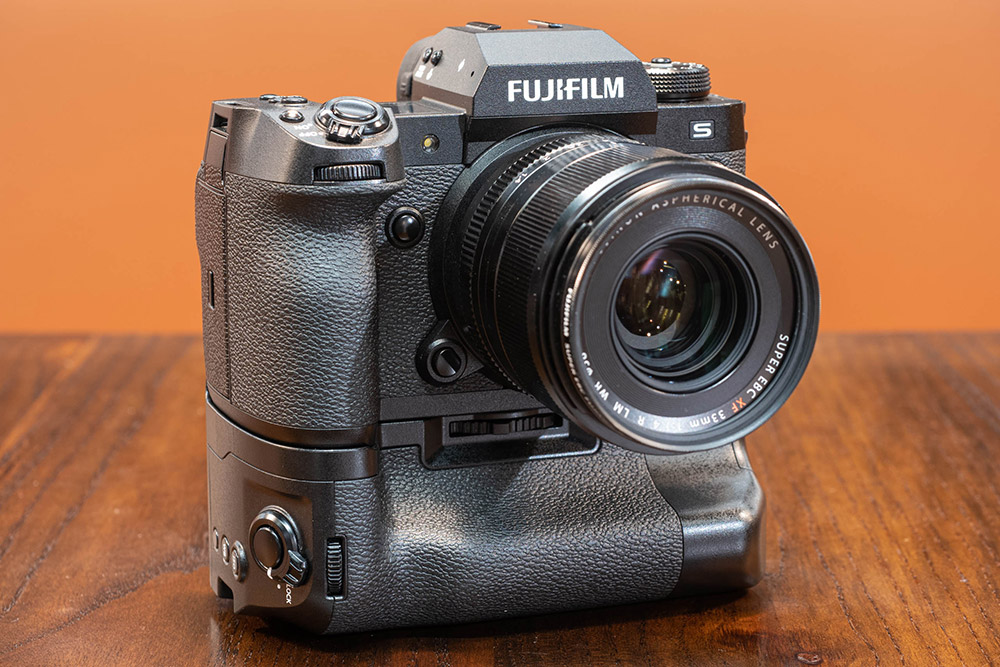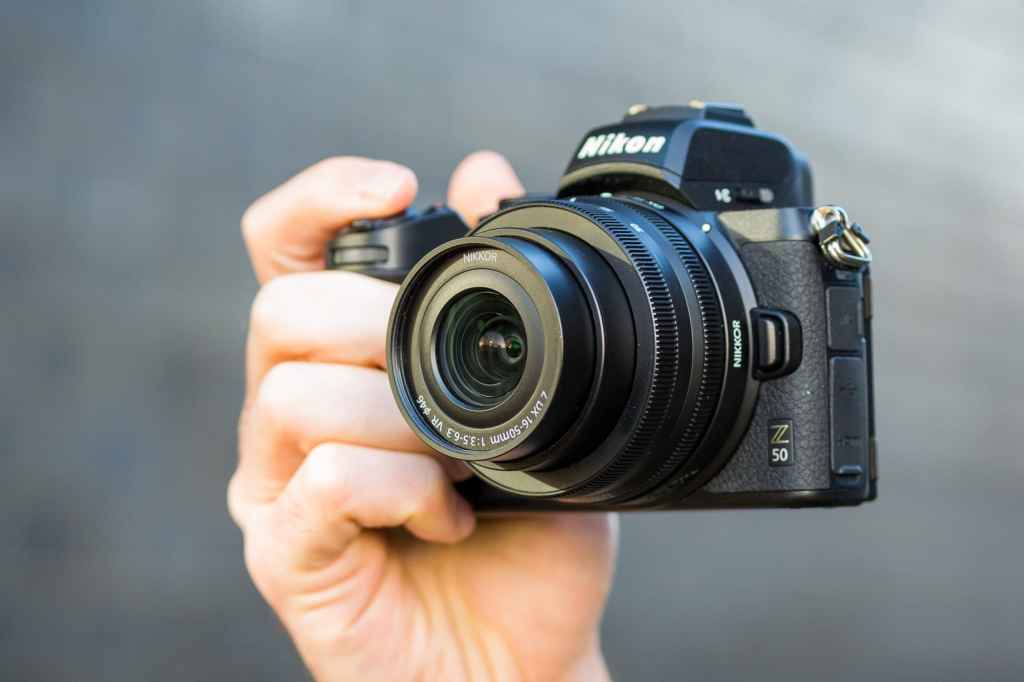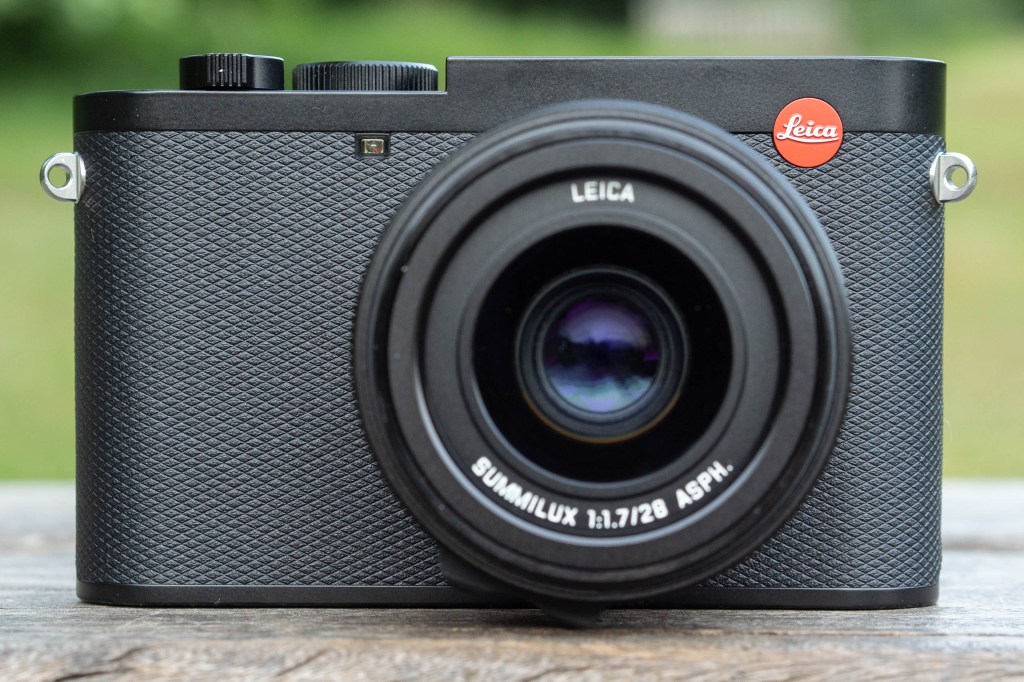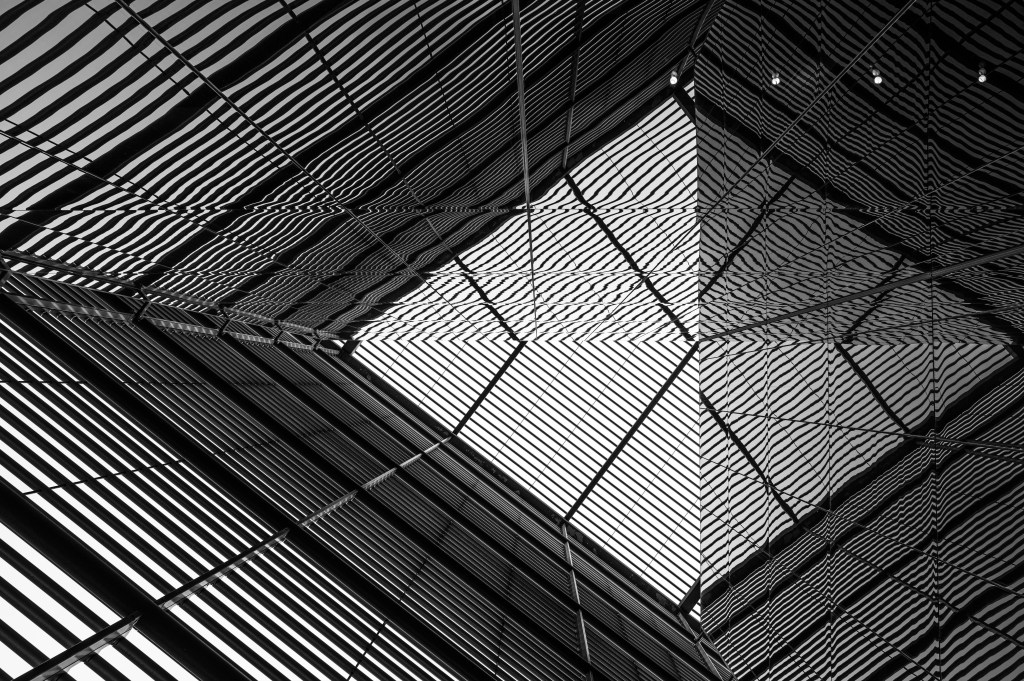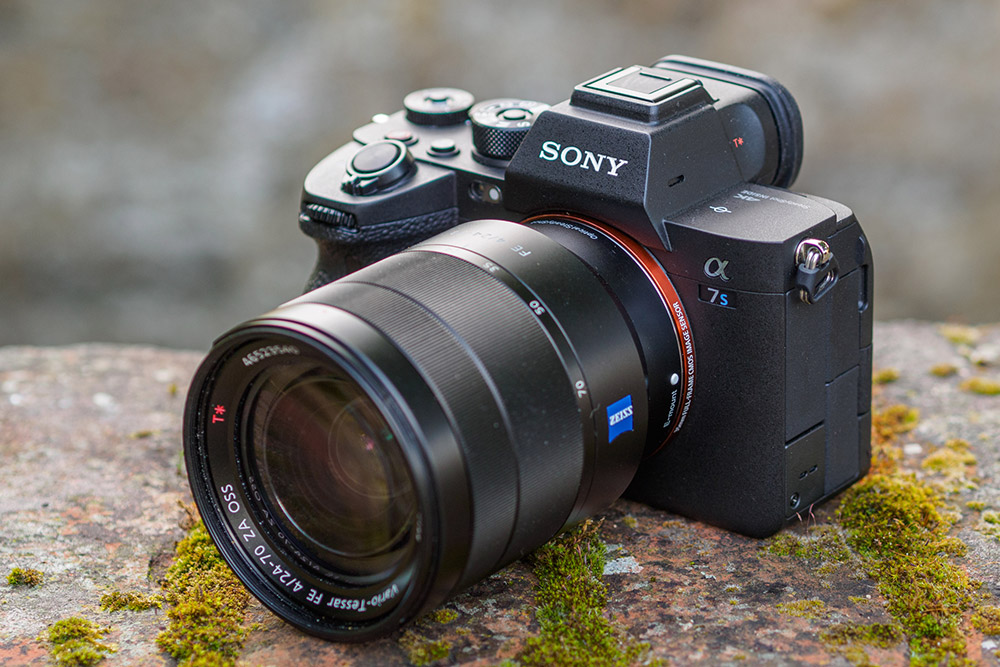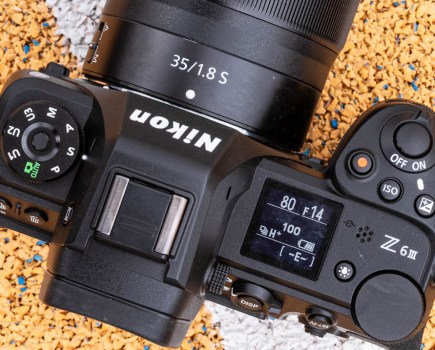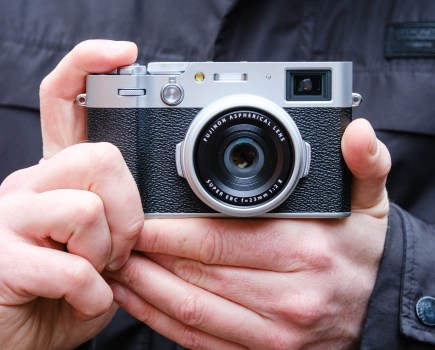The best cameras for low-light will open up new possibilities for night-time and interior shooting. Not all of the best cameras for photography are going to excel at handling low-light conditions – there are quite specific requirements.
A good low-light camera ideally needs brand dynamic range, to ensure detail isn’t lost in the shadows. Ideally it should be tolerant to having the ISO sensitivity pushed up beyond the norm, and access to fast-aperture lenses (whether via a lens mount, or because it is a compact with one attached) is a huge bonus. More modern cameras may also benefit from built-in stabilisation systems that allow for slower shutter speeds to be used hand-held – letting in more light.
I’ve crafted this list based on the time I’ve spent with these cameras, as well as the testing data from AP’s full reviews, to give you my take on the best cameras for low light. I’ve taken budget into account, so this isn’t just a list of the most expensive cameras, either. Scroll on to see my picks – and take a look at our guide to the best low-light lenses, too.
Want to cut to the chase? Here is our quick list to the best cameras for low light:
Looking for the best deal on low-light cameras? Not only will you find the best low-light cameras, but also some of the best deals, as our ‘Buy now’ buttons are setup to automatically take you to the best prices from trusted retailers. You’ll also find a list of other retailers below each camera, so you can find the right deal for you.
- Best low-light camera overall: Canon EOS R6 – buy now
- Best low-light camera for enthusiasts: Fujifilm X-H2S – buy now
- Best MFT camera for low-light: Olympus OM-D E-M1 Mark III – buy now
- Best budget low-light camera: Nikon Z50 – buy now
- Best premium low-light camera: Leica Q3 – buy now
- Best low-light camera for video: Sony A7s III – buy now
Why you can trust Amateur Photographer…
We spend many hours testing every product we recommend, in detail, in a variety of situations and shooting scenarios, and only use experts for our reviews, so you can be sure that you’re getting the best products. Find out more about our expert writers.
Not sure how to choose the best camera for night photography or low light? Read our helpful tips at the end of this guide on how to choose the camera to suit your needs.
Best camera overall for low light
Best low-light camera overall: Canon EOS R6
Amateur Photographer verdict
An excellent all-rounder for both low-light photography and video that is available at attractive second-hand prices. Image stabilisation is a stand-out feature on its own or with the right RF lens.- Great noise reduction
- Excellent autofocus in dim conditions
- Superb image stabilisation
- Some RF lenses only allow 6EV
At a glance
- $1,625 / £1,175
- Max ISO 102,400
- 8 stops of IS (upto)
- Full-frame 20MP sensor
- AF down to -6.5EV
Full-frame cameras are, almost by default, better in low-light situations than smaller-sensor cameras at the same ISO and with the same resolution, and when a full-frame sensor is asked to house only 20 million pixels, each of those pixels can be large and can gather more light. The sensor of the Canon EOS R6 also has a benefit of using the power of the DIGIC X processor for noise reduction, so the already low-noise pixels get extensively polished before being saved to the card.
This allows exceptional noise performance at ISO settings right up to ISO 12,800, and good performance even beyond that. Noise performance here has the advantage that there is a limit to how far you can enlarge a 20MP image so no one can look too closely, but even so, the images this camera produces are remarkably well controlled. Noise doesn’t become overpowering until ISO 102,400, but it can extend to ISO 204,800 in an emergency.
Autofocus system
The camera’s autofocusing system is also remarkably sensitive, and can operate right down to -6.5EV – the dimmest working conditions for any EOS R camera. This makes it ideal for stage performance as well as night-time news. Demands on both noise performance and the IS system are eased somewhat though by the collection of very fast lenses Canon has in the RF line-up. We have standard and portrait lenses in f/1.2 as well as an f/2 28-70mm standard zoom. Those all make life a lot easier for the low-light worker.
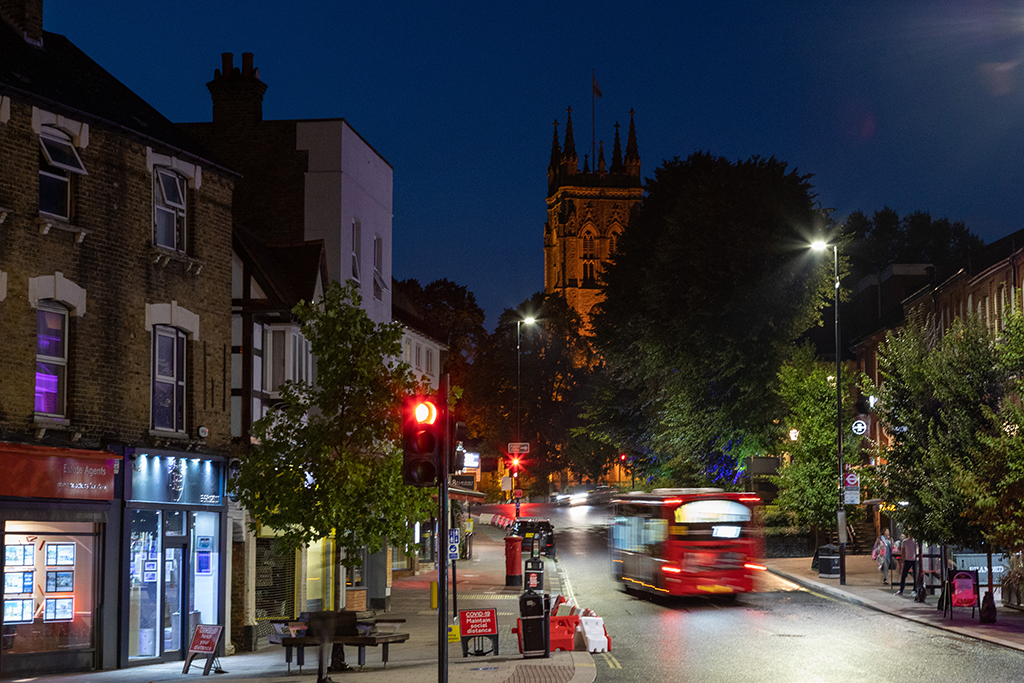
Star turn: image stabilisation
As we found in our full review, R6’s image stabilisation is the key low-light feature. The camera on its own can use its sensor shift to stabilise any lens that can mount on it, but it comes into its own when coupled with the right RF lens.
The image-stabilisation systems of both camera and lens will work together to produce up to 8EV of stabilisation. In real terms, that means we should be able to handhold a 50mm lens for a four-second exposure, or a 500mm lens for a 1/2sec. Much is dependent on the lens in use though, as some RF lenses allow only 6EV – such as the RF 100-500mm f/4.5-7.1 IS.
The extended imaging circle of many of the RF lenses is partly responsible for this, as they produce a much wider-than-usual area for the camera’s sensor to move around in – and this makes it possible to compensate for more dramatic movements. So, R6 users can really slow down the shutter speed while still staying sharp handheld.
Canon has since released a successor to this camera, the EOS R6 II. However, while it’s a significantly better camera in many respects, most of the performance updates don’t relate to low light (there’s no back-illuminated sensor, for instance) – so you can definitely save yourself some cash by picking up the original, ideally on the used market.
Best low-light camera for enthusiasts
Best low-light camera for enthusiasts: Fujifilm X-H2S
Amateur Photographer verdict
A good choice if you’re not keen on post-production work, the Fujifilm X-H2S produces great JPEGs direct from the camera. In low-light, the Fujifilm X-H2S ticks a lot of boxes.- Excellent images straight from the camera
- Fuji’s Film Simulation modes imitate classic film stocks
- Expensive
- Quality does degrade if you use expanded ISO range
At a glance
- $2,499 / £2,499 body only
- Excellent high-ISO JPEGs
- Good 5-axis in-body stabilisation
- Multiple very wide-aperture lenses
- Great noise performance up to ISO 12,800
The Fujifilm X-H2S is the latest flagship camera for Fujifilm’s APS-C mirrorless system. Equipped with an effective stabilisation system, like all Fujifilm X cameras it produces fantastic JPEGs straight out of camera. While it shoots RAW files, and they are excellent, this is a good choice if you’re not so keen on post-processing.
In low-light, the Fujifilm X-H2S ticks a lot of boxes. It has a powerful 5-axis stabilisation system that can provide up to seven stops of exposure compensation. This really opens up your options in low light. Its high-ISO performance is also very good – up to its native limit of 12,800, at least. While the X-H2S does have an expandable ISO range up to 25,600 and 51,200, we found in our review that quality degraded sharply at these settings. You should find the 12,800 setting more than capable for low-light shooting.
Another nice option to have is Fuji’s Film Simulation modes, which imitate the look of classic film stocks. They’re great for producing images with a distinctive look. The only real sticking point with the X-H2S is the price; around $2000 / £2000 body-only, it’s expensive for an APS-C camera. Still, as we argued in our review, you’d have to pay almost double for a full-frame setup with equivalent functionality. There’s a case to be made that it’s cheap for what it provides.
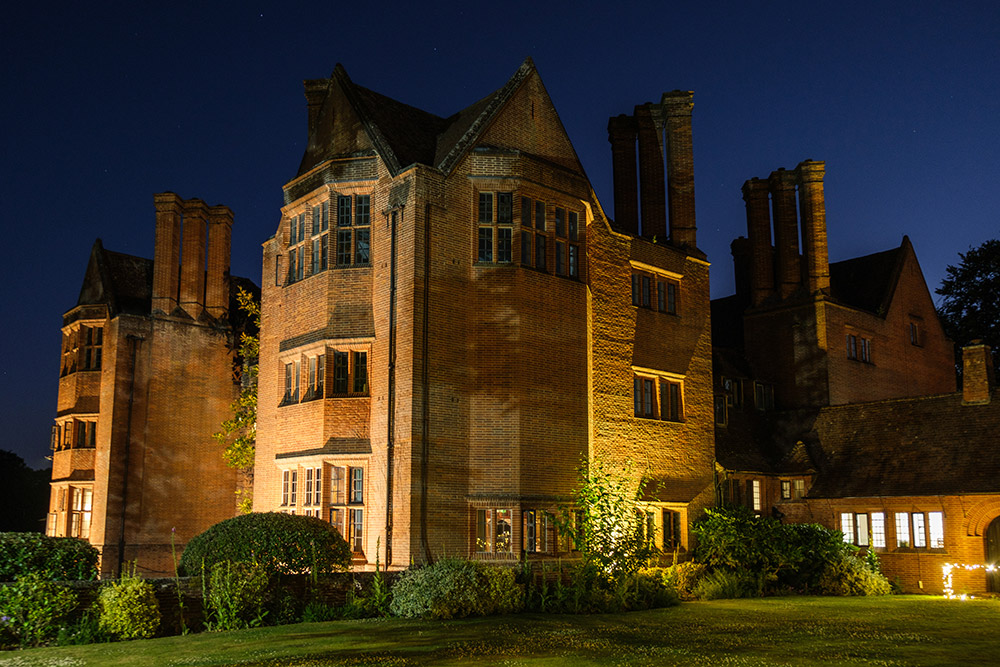
Star turn: Fast lenses
X-H2S users can take advantage of the system’s superpower – the enticing brace of fast-aperture lenses for low-light shooting. The leader of the pack is obviously the XF50mm f/1.0 R WR, which gives us an angle of view similar to that of a 75mm lens on a full-frame system. This makes it a very happy street lens and is ideal for ambient light portraits.
Read our roundup of the finest Fujifilm X-mount lenses in 2025.
The super-wide maximum aperture means we can work in very dark conditions without having to push the ISO up too high but still maintain a shutter speed short enough to freeze moving people. The company’s Fujifilm XF56mm f/1.2 lenses afford us similar benefits but with a slightly longer focal length, while a collection of six f/1.4 lenses offer us focal lengths between 16mm and 35mm – nicely covering the sweet spots of 24mm, 27mm, 35mm, 50mm and 52mm in full-frame terms. And if you want longer lenses there’s a range of seven lenses with f/2 apertures that includes focal lengths between 18mm and 200mm.
Read our Fujifilm X-H2S review
Best MFT camera for low-light
Best MFT camera for low-light: Olympus OM-D E-M1 Mark III
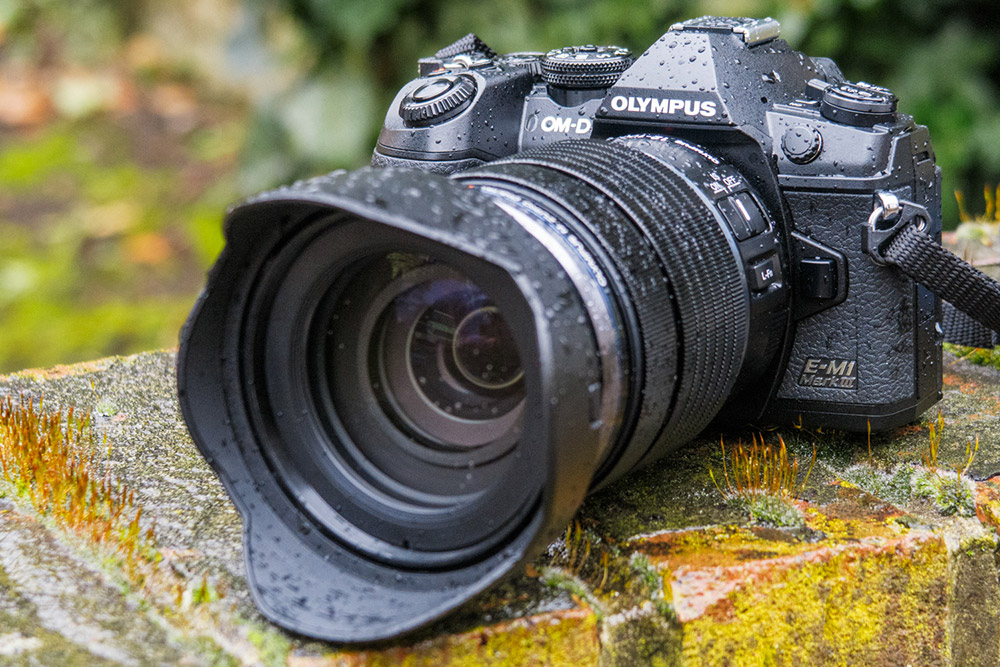
Amateur Photographer verdict
The Mark III is a great high-speed camera with exceptional in-body image stabilisation and a range of excellent features, including live shooting modes. Add an Olympus stabilised lens and, wow!- In-body image-stabilisation can be used for vintage handheld at long shutter speeds
- Super fast lenses
- Helpful live shooting modes
- Small pixels (but compensated for)
- More noise than expected
At a glance
- from $725 / around £600 body only (used)
- First-class image-stabilisation system
- Live Bulb/Time modes
- Live Composition mode
- Starry Sky AF
As a rule, smaller sensors are at a disadvantage for low-light photography, but in the OM-D E-M1 Mark III, Olympus has worked hard to make this Micro Four Thirds model compensate for its small pixels with a range of excellent features. The camera’s ISO range might top-out at just 6400 in the standard settings, but Olympus does all it can to ensure we don’t have to crank the sensitivity up that high very often.
In fact, at ISO 6400, the camera produces images with a well-controlled and not unattractive noise profile, but there is still more noise than you would expect from a modern full-frame model. The Micro Four Thirds system, though, is well-populated with super-fast lenses from Olympus’s own f/1.2 Pro series as well as those from Panasonic and the f/0.95 primes made by Voigtländer. The Olympus OM-D E-M1 III also has an exceptional image-stabilisation system, offering 5-axis compensation of 7 stops using just the shifting sensor.
Impressive stabilisation
This allows vintage lenses and those without their own stabilisation to be used handheld with very long shutter speeds. When this in-body stabilisation is combined with one of Olympus’ stabilised lenses, the compensation creeps up another half stop to 7.5EV. That translates to being able to handhold a standard lens (25mm in this case) for up to three seconds – which is very impressive. Obviously that’s no good for moving subjects, but it will mean you have to use a tripod much less often. Good news for many shooters.
Since this camera’s release, an update has arrived in the form of the OM-System OM-1. The name change is due to the sale of the Olympus imaging business to OM Digital Solutions, and the camera is hugely impressive in low-light and otherwise, as noted in our full OM-System OM-1 review.
We’re sticking with the E-M1 Mark III as our recommendation for now, as its average street price has come down lately (less so in the USA at time of publication). This can amount to a decent saving compared to the newer camera, which is nothing to sneeze at. We have no doubt however that the OM-System OM-1 will make its way onto this list eventually.
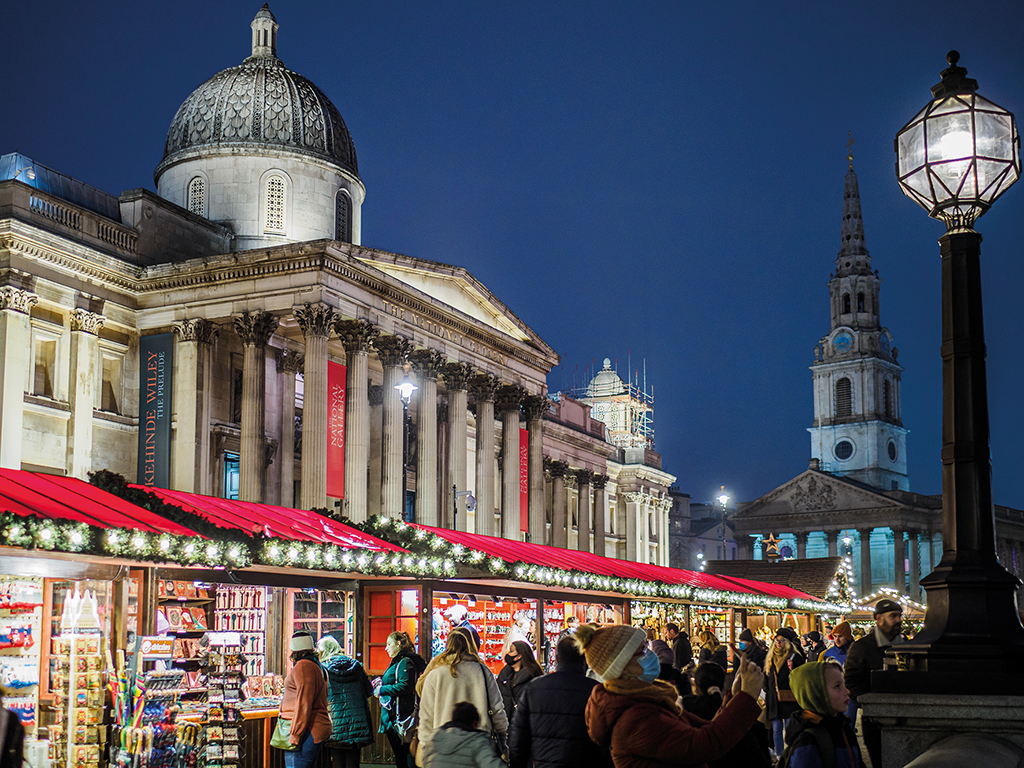
Star turn: Live Bulb
Olympus has a number of ‘Live’ shooting modes that really help for judging exposure with long shutter speeds. Live Bulb, Live Time and Live Composite all allow the user to monitor how exposure is being built-up during a long shutter opening, by displaying the progress of the exposure live on the rear screen. A faint image on the display becomes brighter during the exposure; the user can see in real-time how the light is being recorded, so the exposure can be stopped when the image reaches the required brightness.
This takes all the guesswork out of long-exposure work and saves time-wasting experiments. Live Bulb works while the shutter button is being held down, Live Time works between two presses of the shutter button and Live Composite records the build-up of multiple exposures. Olympus is unique too in being able to create low-light situations to shoot in – or at least the impression of low light.
Using Live ND mode, the camera can create the effect of shooting through an ND filter of up to 5 stops using a multiple exposure technique, so we can get movement in the clouds and running water even in bright conditions.
Read our Olympus OM-D E-M1 Mark III review
Best budget camera
Best budget low-light camera: Nikon Z50
Amateur Photographer verdict
Nikon’s entry-level APS-C mirrorless camera performs well at higher ISOs, and can be picked up for a bargain price – especially now we’ve seen the arrival of the Nikon Z50 II.- Tolerant to higher ISOs
- Small and lightweight
- Very affordable price
- Few native DX Z-mount lenses
- No built-in stabilisation
At a glance
- $479 / £530 body-only (used)
- 20.9MP APS-C sensor
- Nikon Z-mount
- 11fps continuous shooting with AE/AF
- Tilting touchscreen
The Nikon Z50 was Nikon’s first crack at an APS- mirrorless camera for its fast-growing Z series. More such cameras have come along since then, including even a Z50 II, however this has only served to reduce the price of the original Z50, and for my money, it’s one of the best budget low-light cameras you can get.
Small and nippy, with excellent handling, the Nikon Z50 truly impressed our reviewer, who awarded it the full five stars. For the purposes of low light, one thing that was noticeably very impressive about this camera was how tolerant it was to raising the ISO – we were still getting good results at the 12,800 setting.
The Z50 doesn’t have stabilisation (none of Nikon’s APS-C cameras do), meaning you’ll be reliant on lens-based stabilisation if you want to chance slower shutter speeds when shooting handheld. And on the subject of lenses, while Nikon’s Z-mount range has expanded precipitously, the number of dedicated DX-format lenses for the APS-C range is still quite small. You’re probably best off using a cheap and light full frame lens like a 50mm F1.8 (which would work out to an equivalent focal length of 75mm).
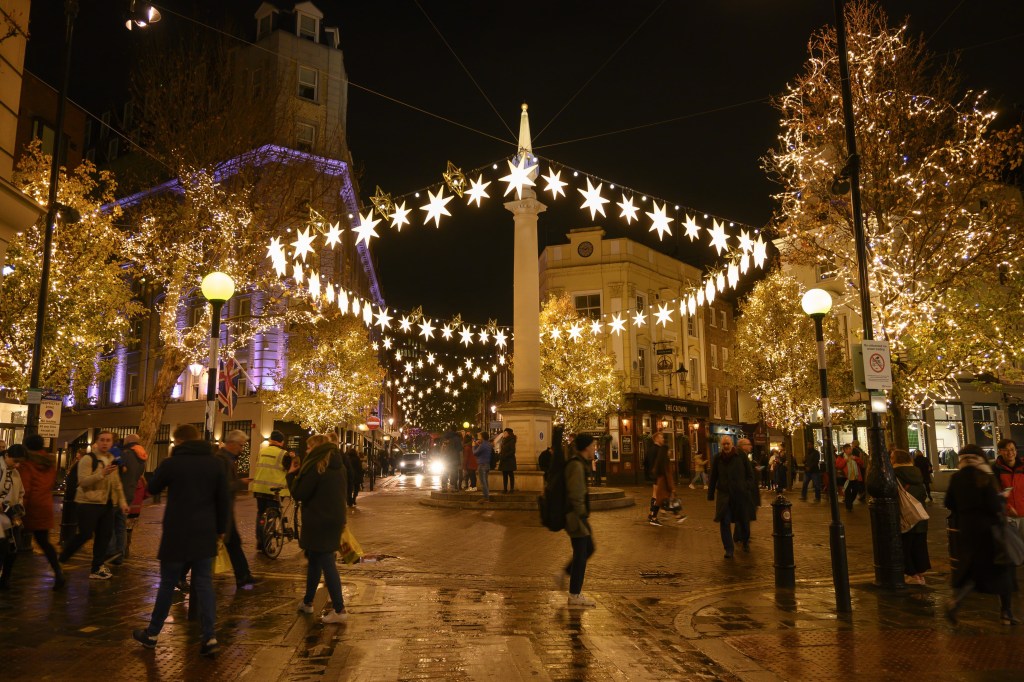
Star turn: Affordable price tag
As mentioned, time has been kind to the Z50, and the arrival of a successor camera has had the effect of flattening out its price on the used market.
Paying about $479 / £530 is a very good deal indeed for a camera this capable – and when you factor in how cheaply you can get hold of a decent low-light lens like the aforementioned Z-mount 50mm F1.8, the Z50 really is offering some of the best value around.
Read our Nikon Z50 review
Best premium camera for low-light
Best premium low-light camera: Leica Q3
Amateur Photographer verdict
Sure, it’s expensive and specialised, but the Leica Q3’s combination of an F1.7 aperture, optical image stabilisation and class-leading dynamic range is unbeatable for low light.- Superb raw image quality
- Much improved autofocus system
- Extremely robust build quality
- Engaging dial-led controls
- Somewhat insipid JPEG colours
- Screen only tilts up and down
At a glance:
- $6,295 / £5,550
- 60.3MP full-frame sensor
- 28mm f/1.7 optically stabilised lens
- ISO 50-100,000
- Up to 15 fps shooting
It is an unfortunate fact that many good things cost a lot of money – sometimes so much that we have to content ourselves with admiring them from afar rather than own them. One of those things is the full-frame Leica Q3 – well, practically all Leica cameras come into this bracket actually. The Q3, however, is a particularly excellent choice for low-light shooters, as long as they’ve got pockets deep enough to pay for it.
The Q3 is a compact camera that pairs a 60MP full-frame sensor with a fixed optically stabilised 28mm lens. The optical image stabilisation kicks in automatically at slower shutter speeds, which you’ll likely be using in dim conditions, and the maximum aperture of F1.7 gives you generous latitude to allow that sensor to drink in as much light as possible. All good things as far as we’re concerned here.
The 60MP resolution may sound higher than you need for many shoots, but the Leica Q3’s sensor offers a clever triple-resolution design – it can also shoot at 36MP and 18MP, which is a great way to conserve card space when you don’t need all those pixels.
Composition-wise, you have a choice between a tilting LCD screen and a gorgeous electronic viewfinder. The Q3 handles beautifully across the board – just as you’d expect from Leica. It feels every inch the premium camera it is.
Star turn: Superb high-ISO performance
We’re often told as photographers to avoid high ISOs where possible, but one of the most impressive aspects of the Leica Q3 that we found in our review was its continued impressive performance at high ISOs.
When testing the camera, our technical editor Andy Westlake reported that detail held up extremely well, even as he pushed the ISO up as high as 25,000. This is much better than you’d get from even other full-frame camera, and radically expands your shooting versatility in low light.
Also, switch to monochrome and the digital noise of high ISOs starts to look like film grain, leading to some dramatic low-light images and allowing you to potentially push that sensitivity up even higher.
Best camera for low-light video
Best low-light camera for video: Sony A7s III
Amateur Photographer verdict
The Sony A7S III is the best low-light camera you can buy if you want incredible, professional night videos. It can still shoot night stills, but at the expensive price, this is better for video pros.- 5-axis stabilisation system opens up possibilities for slow shutter speeds to be used hand-held
- High-quality video
- 12MP won’t get you very far in photographic terms
- Expensive
At a glance:
- $3,498 / £3,399 body-only
- Extended ISO 40-409,600
- 5-Axis SteadyShot Image Stabilisation
- 12MP Full-Frame Exmor R BSI CMOS Sensor
- 759-Point Fast Hybrid AF
The Sony A7S III is the best low-light camera you can buy – but there’s a catch. This incredible mirrorless machine is the third generation of a series of full-frame low-light specialist cameras that began back in 2013 with the original Sony A7S. With an extended incredible ISO ceiling of 409,600, this camera is capable of quite literally turning night into day, and its 5-axis stabilisation system opens up possibilities for slow shutter speeds to be used hand-held.
However, the A7S cameras have always been oriented more towards video than stills, and this has never been more true than it is in the A7S III. The resolution of 12MP won’t get you very far in photographic terms, especially for printing and cropping. However, it is ideal for shooting high-quality video, which the A7S III can do in UHD 4K at 120p. With advanced codecs and internal 10-bit 4:2:2 sampling in all recording modes, it’s an absolute beast for professional video.
It still shoots stills, and does so very well but, given its price, is simply not worth it unless video is your main focus. Stills shooters can get much more functionality for that kind of money elsewhere.
Star turn: Back-illuminated sensor
At the heart of the Sony A7S III is a redesigned, Exmor-R sensor with a back-illuminated structure. This is what allows the camera to deliver the kinds of faster-than-ever readout speeds that make its high-quality video options possible.
It also enables the A7S III to capture images of exceptionally high quality at high ISO settings, expanding its utility in low light. Noise control is greatly improved, as is image clarity across the board.
According to Sony, the sensor in combination with the new BIONZ XR processor enables the A7S III to achieve a wide dynamic range – approximately 14 stops for stills, up to 15 stops for video. This makes it much more possible to retain shadow detail in poorly lit scenes.
How to choose the best cameras for low-light photography and video
Long shutter speeds
The most obvious action to take in a low-light situation is to increase the length of time the shutter remains open; so a camera that allows exceptionally long shutter speeds seems like a good starting point. Long shutters are great if you have a tripod or camera support, but are no good if you need to record a scene or subject that is moving.
Image stabilisation (IS)
Modern image-stabilisation systems are really remarkable, with some shifting the sensor to keep up with the movements of the camera and others using a group of elements in the lens. These systems allow us to handhold the camera at much longer shutter speeds than would usually be the case. As with all long shutter speeds though, moving subjects will be blurred even with the best IS system.
High ISO
To achieve a short enough shutter speed for moving subjects, a high ISO setting might be desirable. Many cameras offer high ISO settings but not all manage the noise produced by dramatic amplification as well as others. However well noise is managed, high ISO speeds will deliver lower overall image quality.
Wide apertures
Using a lens with a wide aperture makes life a whole lot easier when it comes to shooting in low light. A lens that lets in more light makes focusing easier, and we don’t need the high ISO settings and long shutter speeds quite so much. This means we can handhold the camera more often, if need be.
How we test cameras
We test cameras primarily by using them to take photographs and video in a wide range of real-world situations. We evaluate their control layouts and handling, and the usability of their viewfinders and screens. We assess their autofocus across a range of different subjects and shooting scenarios and check their continuous shooting capabilities.
We also examine the effectiveness of their image stabilisation systems. Last but by no means least, we critically evaluate the image quality, in both JPEG and RAW, including resolution, high-ISO noise, and dynamic range. We then take all these factors into account, along with such things as portability and lens systems, when giving our final conclusion and score. You’ll find the full breakdown of how each camera has performed in our full reviews.
Now you know about the best cameras for low light, why not read:
- How to photograph low-light urban landscapes
- Low-light photography tips
- Best lenses for low-light from £129
- Night photography: how to photograph the night sky, moon and stars
- Find the best cameras for video, vlogging and videography

